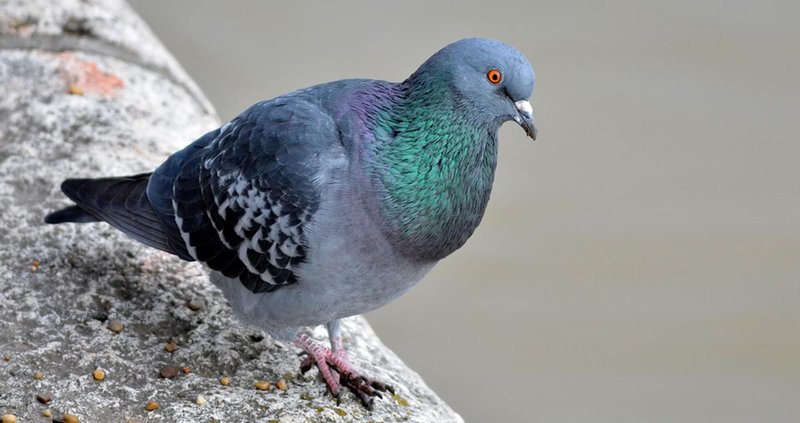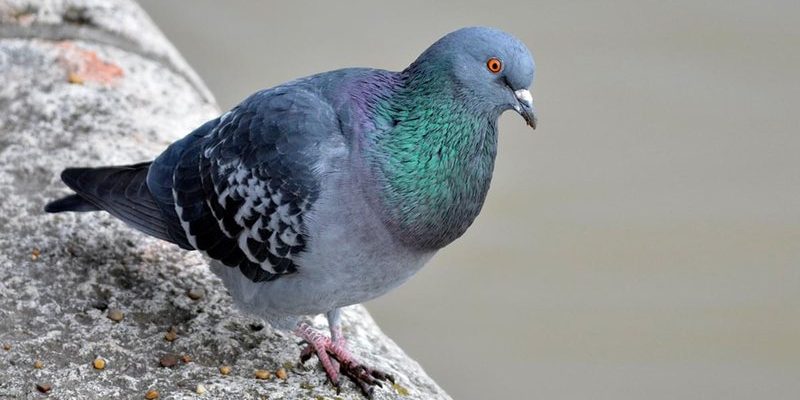
The rock pigeon, known scientifically as *Columba livia*, has a fascinating journey that takes us back thousands of years. From their humble beginnings in nature to their domestication and eventual rise as urban companions, rock pigeons have been part of human life longer than you might think. They’ve played roles in communication, companionship, and even in the world of sports! Join me as we explore their evolution and the impact they’ve had on our lives.
Origins of the Rock Pigeon
The rock pigeon is believed to have originated in the wilds of Europe, North Africa, and parts of Asia. Their ancestors were cliff-dwelling birds that made nests on rocky ledges, which is how they got their name. You might imagine them perched high above, surveying their territory, much like a proud sentinel. These birds were adapted to rugged landscapes and were incredibly resourceful, surviving on a diet of seeds, grains, and fruits.
Over time, these wild birds became close companions to humans. The process of domestication began around 5,000 years ago in the Middle East. Humans noticed their strong homing ability and began to keep them for communication. Imagine sending a message tied to a pigeon’s leg—it’s quite a romantic image, isn’t it? This partnership blossomed into something much larger, as the birds were bred for specific traits, leading to the various breeds we see today.
Domestication and Breeding
As humans began to domesticate rock pigeons, they noticed that different breeding practices could produce a wide array of colors, sizes, and behaviors. Breeders started selecting pigeons for traits like speed, endurance, or even unique appearances—some with striking feather patterns or unusual shapes. Honestly, it’s like a backyard science project that yielded beautiful, diverse results!
This selective breeding led to the emergence of several pigeon breeds, from racing homers to ornamental pigeons. Racing pigeons, for example, are bred for their incredible navigation skills and speed, often competing in races spanning hundreds of miles. These birds have become part of various cultures, symbolizing peace and fidelity, often released during special ceremonies.
The Role of Rock Pigeons in History
Rock pigeons have been more than just companions; they’ve significantly impacted human history. During World War I and II, they were used as message carriers, delivering vital information across enemy lines. Can you picture a soldier gently attaching a note to a pigeon’s leg, hoping it would reach safety? This remarkable ability to navigate and return home made them invaluable during turbulent times.
In addition to their roles in wars, rock pigeons have also appeared in art and literature throughout the ages. They’ve been depicted in paintings, poetry, and various cultural works, representing freedom, endurance, and sometimes tranquility. Their presence continues to resonate with people, reminding them of the bond between humans and nature.
The Urban Adaptation of Rock Pigeons
Fast forward to today, and rock pigeons have made themselves at home in urban landscapes around the globe. They thrive in cities, where their natural instincts as cliff dwellers find perfect substitutes: tall buildings and bridges. You might be wondering why they prefer these bustling environments. The answer lies in the abundance of food sources and nesting sites.
In cities, pigeons often forage for scraps of food, which keeps them well-fed. They’ve learned to navigate busy streets and dodge cars, displaying quite a bit of cleverness in their daily routines. It’s interesting to think about how these once-wild birds have adapted to our modern world, transforming into city dwellers while maintaining their natural behaviors.
The Pigeon’s Cultural Significance
Beyond just being part of our daily lives, rock pigeons hold cultural significance in many societies. They symbolize various themes, from love and peace to loyalty and perseverance. Just think about how often you see a dove used in peace symbols—it’s a direct connection to their well-known relatives.
Moreover, pigeons are often featured in festivals or as part of local history. For instance, pigeon racing is still a popular sport in many countries, with enthusiasts bonding over their shared love for these agile flyers. It’s a fun way to connect with the community and celebrate the unique traits of these birds.
Challenges Facing Rock Pigeons Today
Despite their adaptability, rock pigeons face several challenges today, especially in urban environments. Issues like pollution, habitat destruction, and human interference can threaten their populations. Many cities implement measures to control pigeon populations due to concerns about health and safety. This can make it tough for these birds to thrive, even in places where they’ve historically flourished.
Additionally, the stigma of being “just a city bird” can overshadow their rich history and unique skills. It’s essential to recognize that these birds are survivors—adjusting to new challenges while remaining a part of our shared urban ecosystem.
Conservation and Future of Rock Pigeons
Looking ahead, conservation efforts for rock pigeons focus on understanding their roles within urban ecosystems and protecting their habitats. While they might seem common, every species plays a part in maintaining the balance of nature. Here’s the thing: the more we learn about them, the better we can appreciate their contributions.
Efforts include promoting humane ways to manage pigeon populations and educating the public about their importance in our world. Maybe next time you see a rock pigeon, you’ll take a moment to consider the incredible journey this bird has traveled alongside humans through history.
In conclusion, the story of the rock pigeon is one of resilience and adaptation, interwoven with human history. From their origins as cliff-dwelling birds to becoming urban companions, they remind us of our connection to the natural world. So, the next time you see one strutting about, remember the journey they’ve had and the stories they carry with them.

